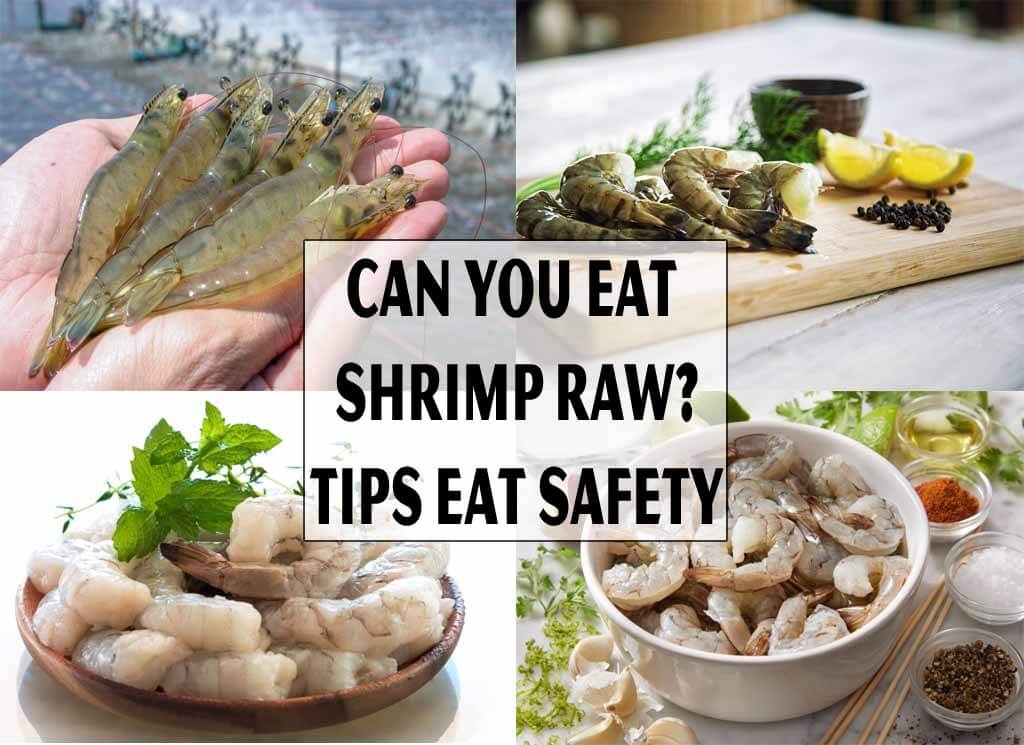Look, we’ve all been there – you’re about to cook up some shrimp and notice they feel a bit… mushy. Before you toss them in the pan, let’s talk about whether those soft shrimp are actually safe to eat or if they’re better off in the trash.
The Quick Answer
Generally, mushy shrimp is NOT safe to eat. When shrimp feels soft, slimy, or loses its firm texture, it’s usually a warning sign of spoilage or improper handling. While the mushiness alone doesn’t always mean danger, it’s better to err on the side of caution.
Why Do Shrimp Get Mushy?
Several things can turn your once-firm shrimp into an unappetizing mushy mess:
- Overcooking – I’ve done this more times than I’d like to admit! Cooking shrimp too long breaks down proteins
- Poor storage – Leaving shrimp at room temp or improper refrigeration
- Age – Old shrimp naturally lose firmness over time
- Mishandling – Rough treatment during processing or transport
- Temperature abuse – Letting shrimp sit out too long
- Freezer issues – Improper freezing/thawing cycles
How to Tell if Mushy Shrimp is Actually Bad
Before you decide whether to cook those questionable shrimp, check for these signs:
Red Flags – Throw It Out If You Notice:
- Strong fishy or ammonia-like smell
- Slimy or sticky texture
- Unusual colors (black, green, yellow)
- Gritty texture with hard lumps
- Milky, opaque appearance
Probably OK If:
- Only slightly soft but not slimy
- Normal fresh seafood smell
- Natural color
- No other signs of spoilage
Storage Guidelines to Prevent Mushiness
To keep your shrimp fresh and firm:
Refrigerator Storage:
- Raw shrimp: 1-2 days max
- Cooked shrimp: 3-4 days
- Keep at or below 40°F
Freezer Storage
- Up to 4 months for best quality
- Use airtight packaging
- Label with freeze date
Can I Save Mushy Shrimp?
If your shrimp is just slightly soft but shows no other spoilage signs here are some ways we sometimes salvage it
- Use in soups or stews
- Marinate in citrus juice
- Bread and fry them
- Chop for salads/sandwiches
- Make into patties with binders
But remember – if there’s any doubt about safety, throw it out! The risk of food poisoning isn’t worth saving a few bucks.
The Health Risks
Eating spoiled shrimp can cause
- Nausea
- Vomiting
- Diarrhea
- Stomach cramps
- In rare cases, more serious infections
Bottom Line
While slightly mushy shrimp might not always be dangerous, it’s definitely not ideal. Fresh shrimp should be firm and slightly springy. When in doubt, use your senses – look, smell, touch – and don’t take chances with questionable seafood.
I always tell my family: better to waste a few dollars worth of shrimp than spend the night hugging the toilet! Stay safe and enjoy your seafood when it’s fresh and properly handled.
Remember: This information is based on my research and experience, but when it comes to food safety, always use your best judgment and err on the side of caution.
Would you like me to explain any part of this in more detail?

Skipping the Deveining Step
One of the first mistakes people make when cooking shrimp is skipping the deveining process. The dark line running along the back of shrimp is its digestive tract. While it’s not harmful to eat, it can taste gritty and unappetizing.
Deveining shrimp may seem like an optional step, especially if you’re in a rush, but it makes a noticeable difference in the quality of your dish. It can affect how your shrimp pairs with seasonings and sauces, leaving an otherwise perfect dish lacking in flavor. Deveining is also essential if you’re cooking shrimp for a crowd or special occasion. Presentation matters, and clean, deveined shrimp always look more appealing on the plate.
Throwing Away Shrimp Shells
If you’re peeling shrimp before cooking, don’t throw away the shells! This is one of the biggest mistakes people make when cooking shrimp. Shrimp shells are often discarded without a second thought, but they’re one of the most flavorful parts of the shrimp and can be used to make a delicious stock or broth.
When cooked, the shells release a rich, briny flavor that can be used to elevate many dishes. By throwing them away, you’re missing out on an easy way to enhance your cooking. Simply simmer the shells with water, onions, garlic, and herbs for about 30 minutes. The resulting stock can be used as a base for soups, risottos, or sauces. Even if you don’t need stock right away, you can freeze the shells to use later. Utilizing every part of the shrimp is not only economical but also a great way to add depth to your dishes.
Why is my shrimp soft and mushy?
FAQ
What does it mean when my shrimp is mushy?
This can happen if you leave your shrimp at room temperature – known as the “Danger Zone” – or thaw them in warm water. These methods cause the outer layer of shrimp to warm up faster than the inside. Similarly, thawing shrimp too quickly or at a high temperature can cause your seafood to become mushy.
How do you firm up mushy shrimp?
It may sound minor, but the combination works wonders: the salt helps keep the shrimp nice and moist as they cook, while alkaline baking soda delivers a crisp, firm texture.
Why is my seafood mushy?
Neither. There are two causes for mushy fish: The fish was frozen and thawed too rapidly. Melted water soaks the fish and makes it soft.Jan 7, 2021
